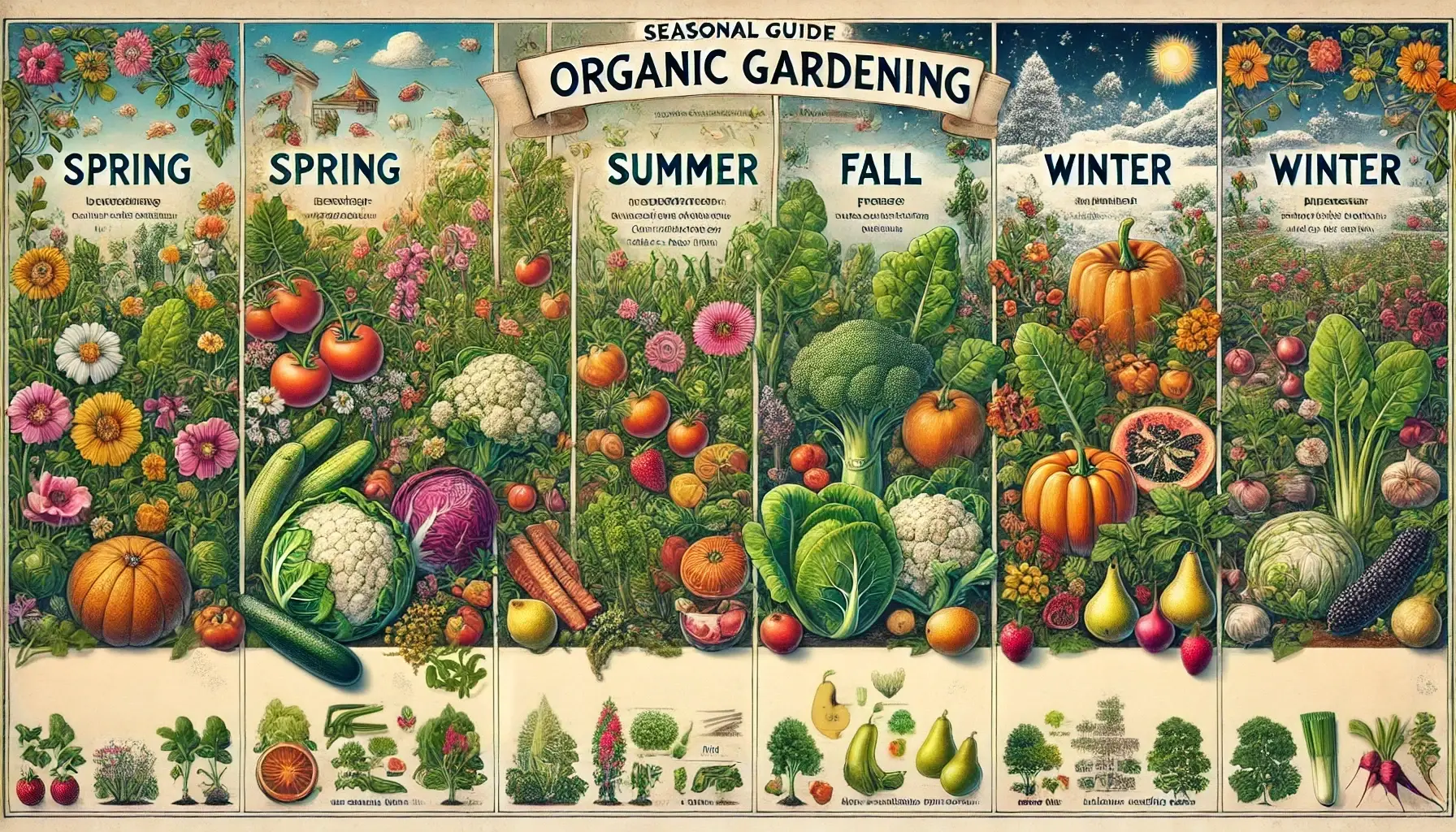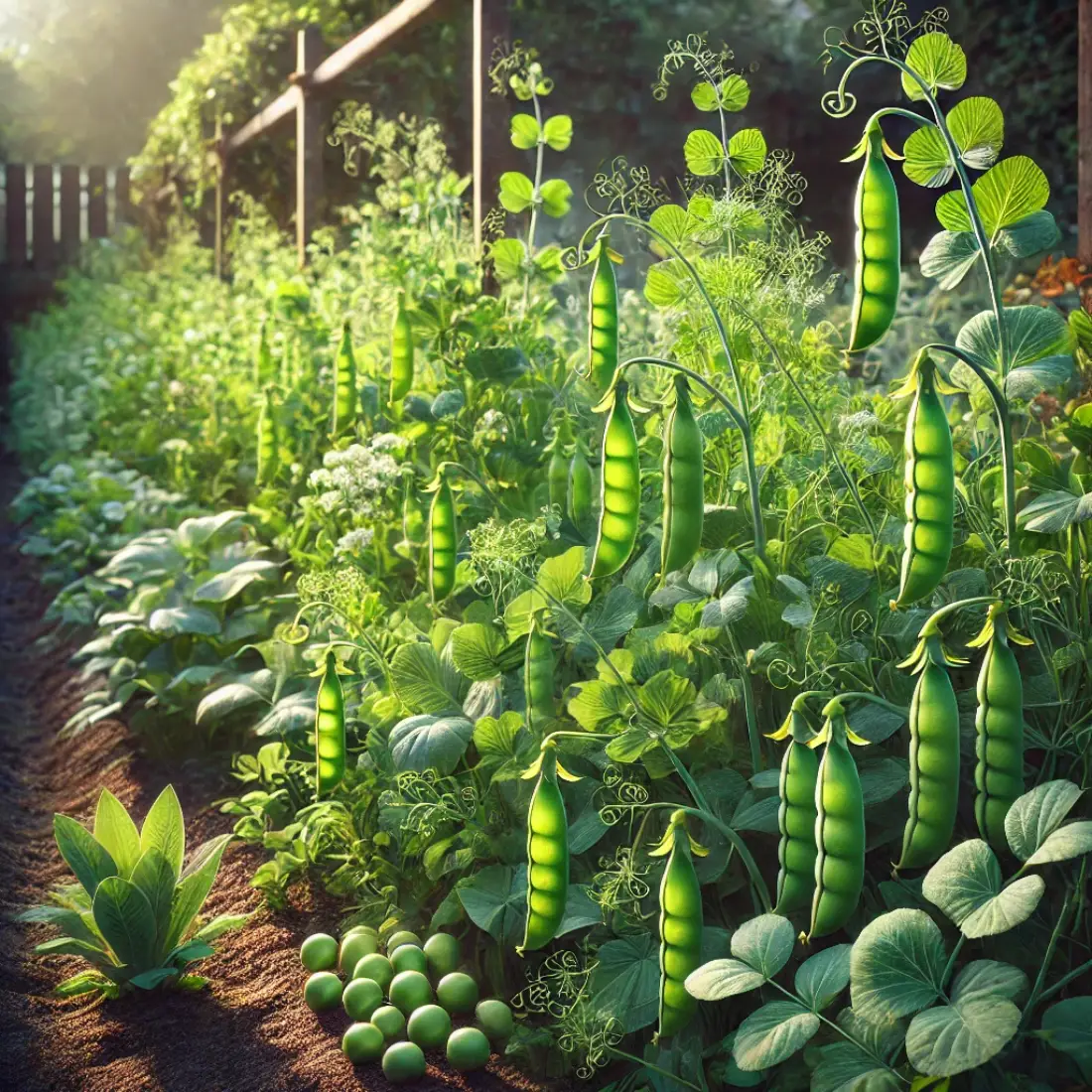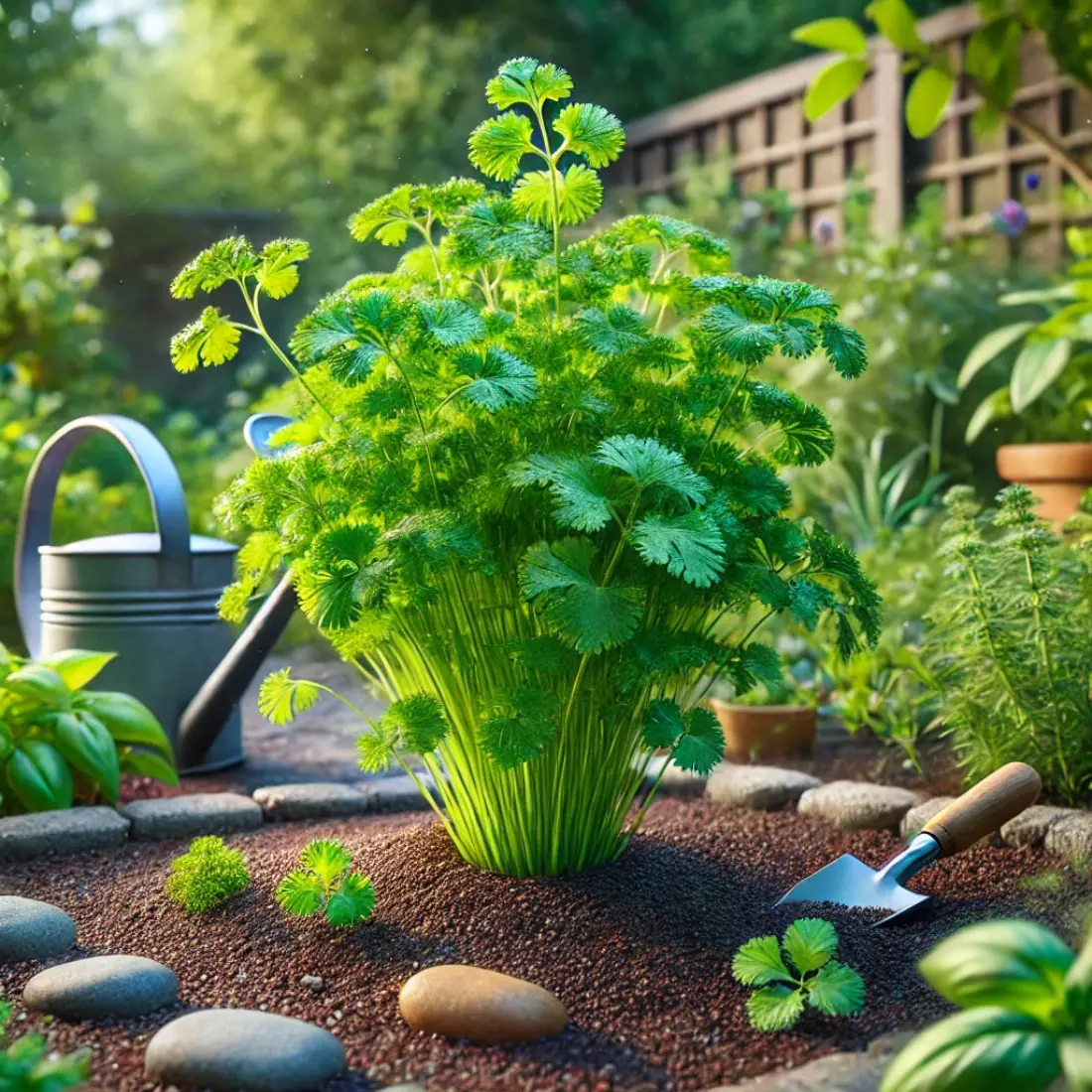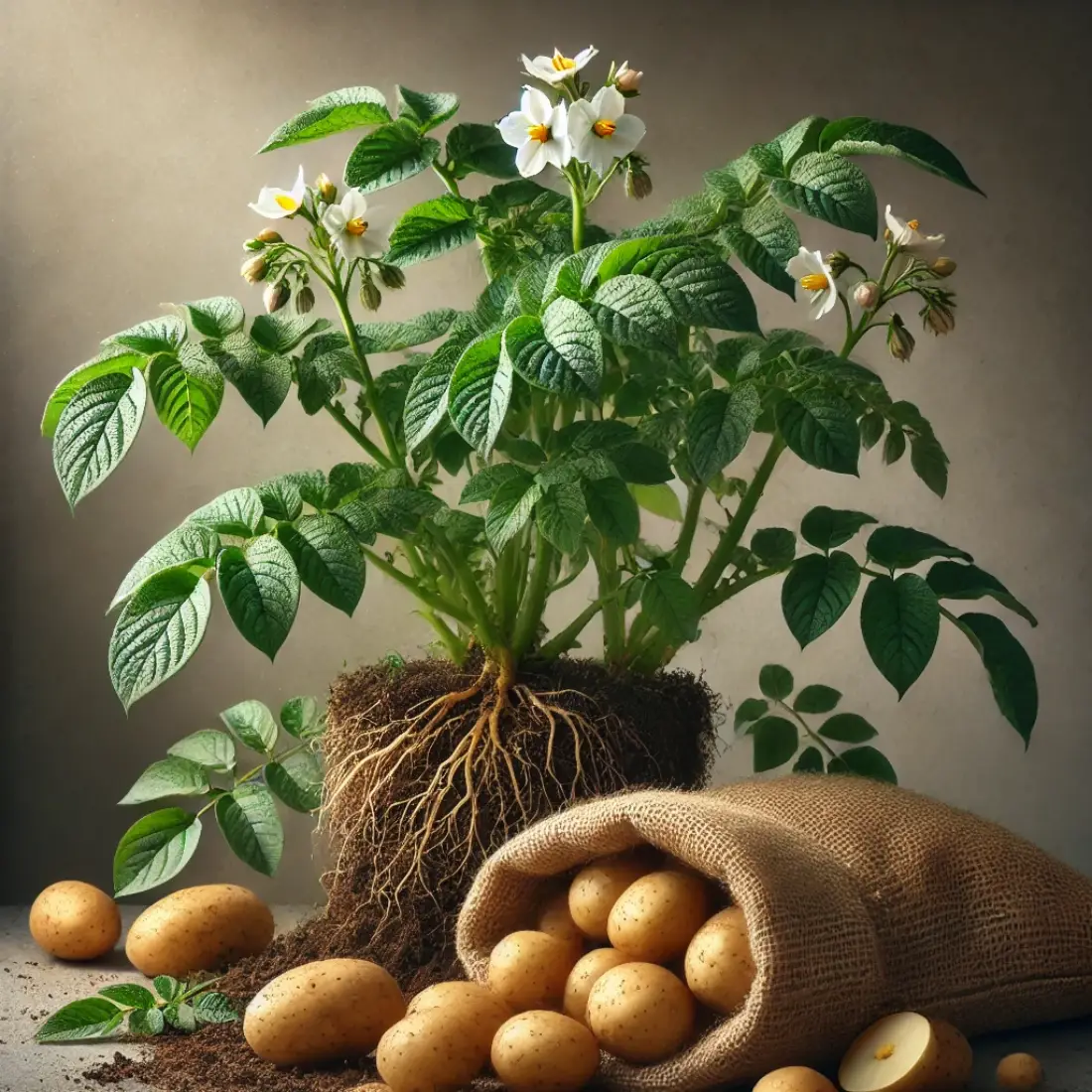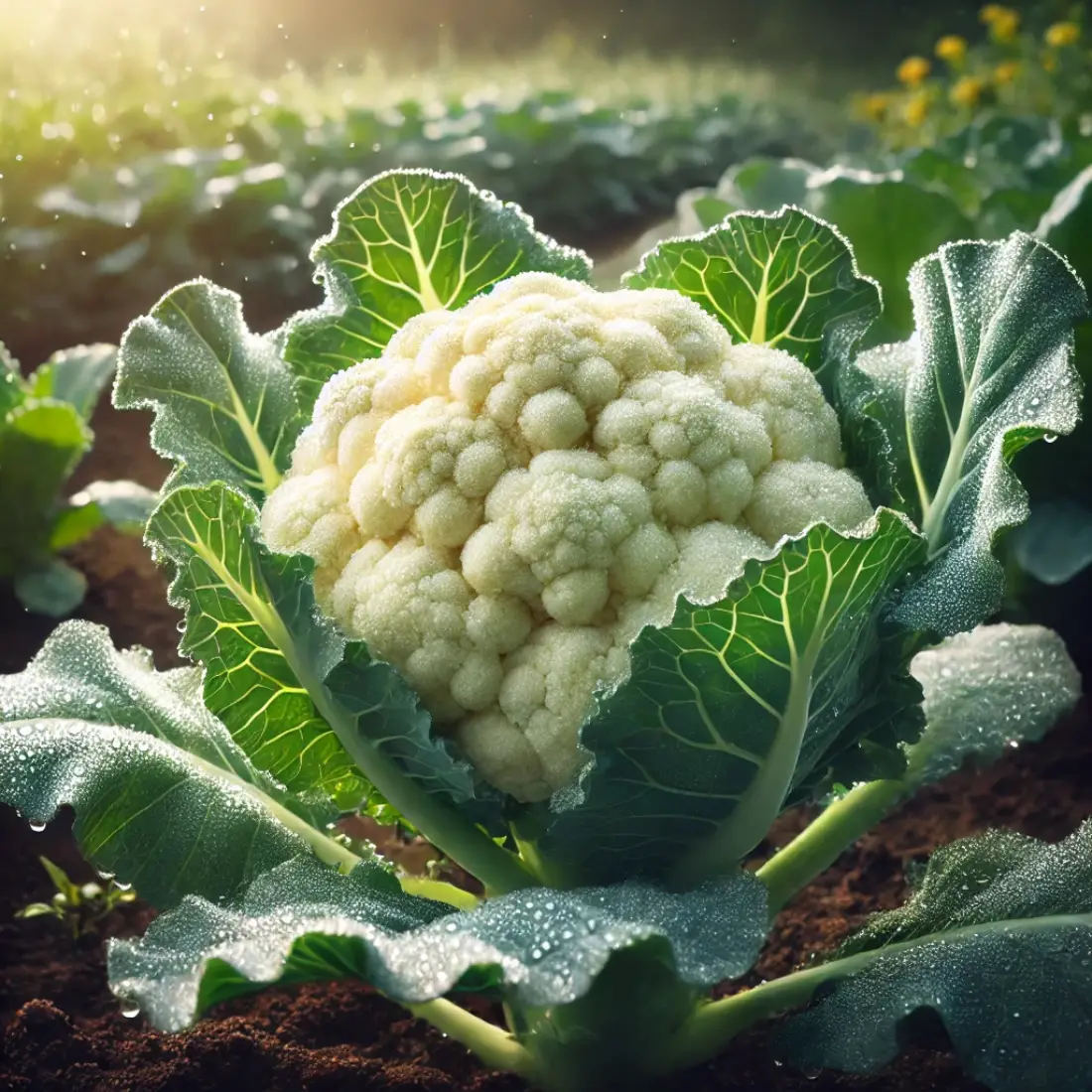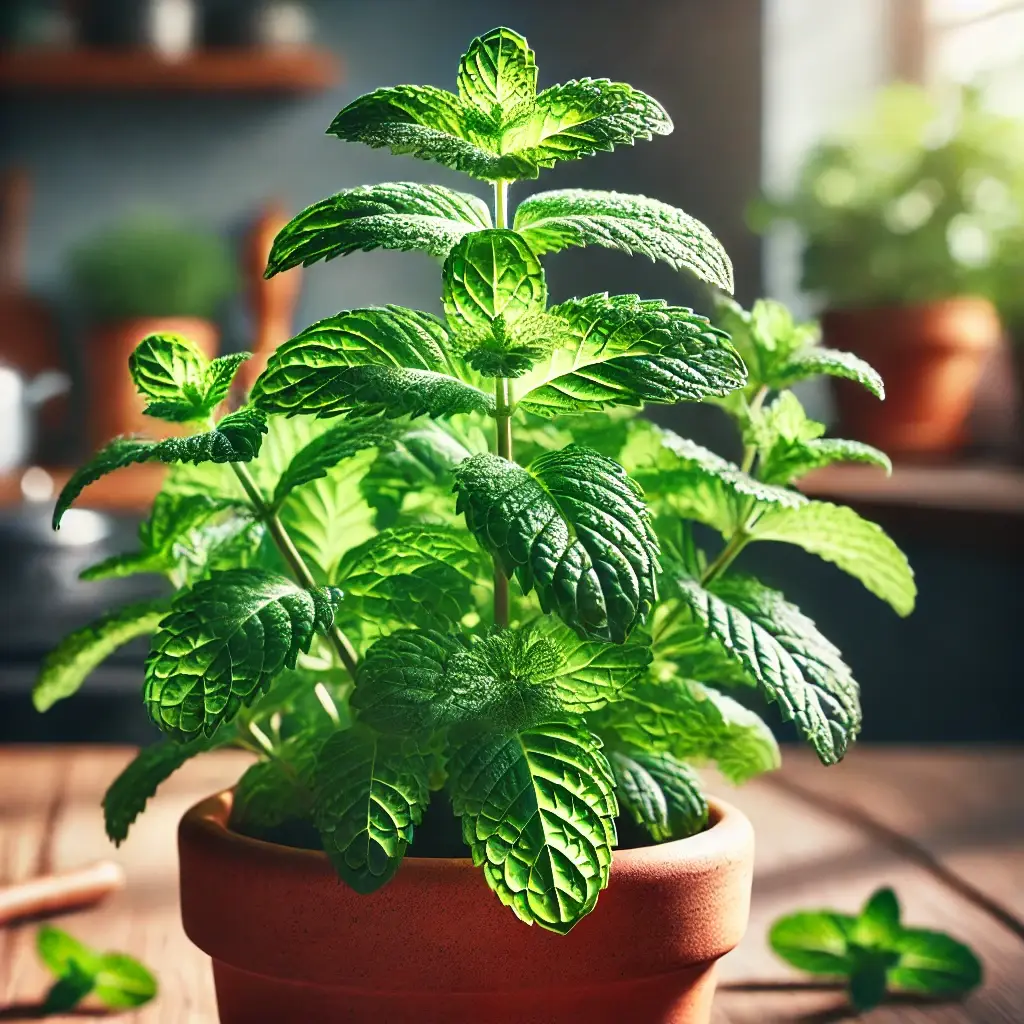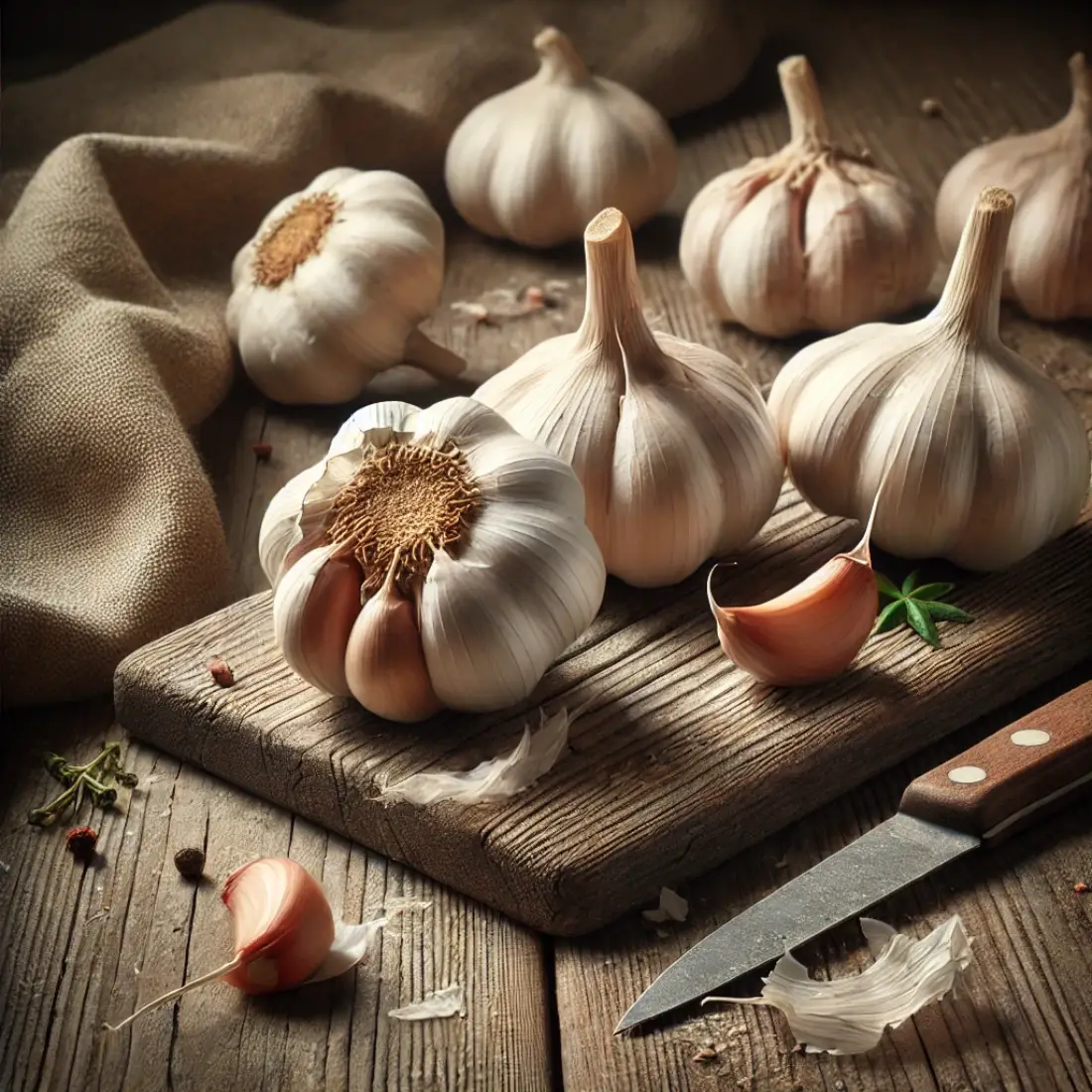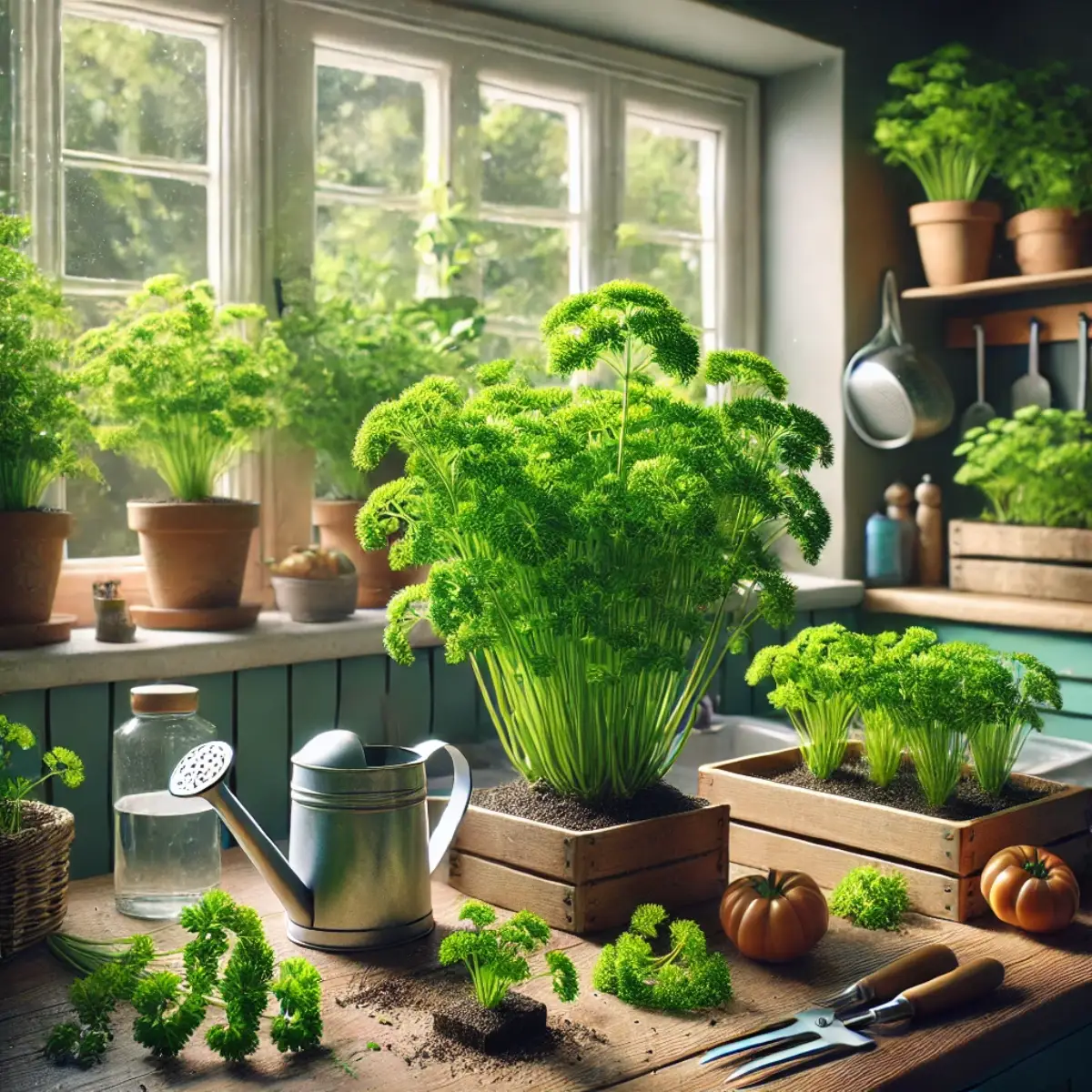Understanding what to plant and when is crucial for a successful organic garden. This seasonal guide to organic gardening will help you plan your garden throughout the year, providing tips on which vegetables, fruits, and herbs thrive in each season.
- Seasonal planting optimizes growth and harvest times.
- Spring: Spinach, lettuce, strawberries.
- Summer: Tomatoes, cucumbers, melons.
- Fall: Broccoli, cauliflower, pears.
- Winter: Spinach, Swiss chard, indoor citrus.
- Year-round garden success with proper soil prep, watering, and pest control.
Spring Planting Guide
Early Spring (February – March)
Vegetables:
- Spinach: Hardy and quick-growing, perfect for early spring.
- Lettuce: Thrives in cooler temperatures and matures quickly.
- Peas: Enjoy the cool weather and can be planted as soon as the soil is workable.
Fruits:
- Strawberries: Plant early for a sweet, early summer harvest.
Herbs:
- Parsley: A cold-tolerant herb that grows well in early spring.
- Cilantro: Prefers cooler weather and will bolt in the heat of summer.
Tips for Early Spring Planting:
- Soil Preparation: Enrich the soil with organic compost to provide essential nutrients.
- Frost Protection: Use row covers or cloches to protect young plants from late frosts.
Mid to Late Spring (April – May)
Vegetables:
- Carrots: Direct sow seeds in early spring for a bountiful harvest.
- Beets: Plant in rich, well-drained soil for sweet, tender roots.
- Potatoes: Plant seed potatoes in early spring for a late spring to early summer harvest.
Fruits:
- Raspberries: Plant canes in well-drained soil for a summer harvest.
- Blueberries: Choose a sunny spot with acidic soil for best results.
Herbs:
- Basil: A warm-weather herb that thrives in late spring and summer.
- Dill: Plant in a sunny spot and enjoy fresh dill all summer long.
Tips for Mid to Late Spring Planting:
- Watering: Ensure consistent moisture, especially during dry spells.
- Mulching: Apply mulch to conserve moisture and suppress weeds.
Spring Planting Tips
- Soil Preparation: Work compost or well-rotted manure into the soil before planting to boost fertility.
- Frost Protection: Be mindful of the last frost date in your area and use protective measures for tender plants.
- Succession Planting: Stagger plantings every few weeks for a continuous harvest throughout the season.
- Companion Planting: Pair compatible plants to enhance growth and deter pests.
Summer Planting Guide
Early Summer (June)
Vegetables:
- Tomatoes: Ideal for warm weather, with many varieties to suit different tastes and uses.
- Cucumbers: Fast-growing and perfect for salads or pickling.
- Beans: Both bush and pole varieties thrive in the heat and produce abundantly.
Fruits:
- Melons: Watermelons and cantaloupes need plenty of sun and space to spread out.
- Apples: Summer is a good time to plant young apple trees for long-term growth.
Herbs:
- Rosemary: A drought-tolerant herb that thrives in summer heat.
- Thyme: Low-maintenance and perfect for sunny spots in the garden.
Tips for Early Summer Planting:
- Watering: Ensure plants receive deep watering to encourage strong root development.
- Weeding: Keep the garden bed free of weeds to reduce competition for nutrients.
Mid to Late Summer (July – August)
Vegetables:
- Corn: Needs full sun and rich soil; plant in blocks for better pollination.
- Peppers: Both sweet and hot varieties flourish in the summer heat.
- Eggplants: Thrive in warm conditions and can be harvested throughout the season.
Fruits:
- Grapes: Plant in a sunny location with well-drained soil for a fruitful harvest.
- Blackberries: Hardy and productive, they are perfect for summer planting.
Herbs:
- Oregano: Thrives in hot, dry conditions and is perfect for Mediterranean dishes.
- Sage: Another heat-loving herb that pairs well with summer vegetables.
Tips for Mid to Late Summer Planting:
- Pest Control: Monitor for pests and use organic methods like neem oil or insecticidal soap.
- Harvesting: Regularly pick ripe produce to encourage continued growth and productivity.
Summer Planting Tips
- Watering Strategies: Water deeply and infrequently to encourage deep root growth and reduce evaporation.
- Pest Control: Use companion planting and organic pest control methods to keep your garden healthy.
- Mulching: Apply a thick layer of mulch to retain soil moisture, suppress weeds, and keep roots cool.
- Shade Protection: Provide shade for sensitive plants during peak heat to prevent sunburn and heat stress.
Fall Planting Guide
Early Fall (September)
Vegetables:
- Broccoli: Prefers cooler temperatures and matures well in fall.
- Cauliflower: Plant in late summer to early fall for a bountiful autumn harvest.
- Kale: A hardy green that thrives in cool weather and can withstand light frosts.
Fruits:
- Pears: Plant young trees in the fall for a head start in the spring.
- Figs: Prefer a sunny location with well-drained soil for optimal growth.
Herbs:
- Mint: Plant in containers to control spread; thrives in cooler temperatures.
- Chives: A cold-tolerant herb that adds flavor to many dishes.
Tips for Early Fall Planting:
- Soil Preparation: Enrich soil with compost or organic matter to boost fertility.
- Frost Protection: Be prepared to cover plants during unexpected early frosts.
Mid to Late Fall (October – November)
Vegetables:
- Garlic: Plant cloves in the fall for a summer harvest the following year.
- Onions: Choose from sets or seeds; both do well when planted in the fall.
- Leeks: Hardy and capable of overwintering in many climates.
Fruits:
- Pomegranates: Plant in a sunny, sheltered spot to protect from frost.
- Cranberries: Prefer acidic soil and are ideal for boggy, marshy areas.
Herbs:
- Tarragon: A perennial herb that can be planted in the fall for spring growth.
- Coriander: Plant in cool weather for a late fall or early winter harvest.
Tips for Mid to Late Fall Planting:
- Mulching: Apply a thick layer of mulch to protect plant roots and retain moisture.
- Winter Preparation: Start preparing your garden for winter by removing dead plants and debris.
Fall Planting Tips
- Mulching: Mulch around plants to insulate the soil and protect roots from frost.
- Succession Planting: Plant in stages to ensure continuous harvests throughout the fall.
- Watering: Continue to water regularly but reduce frequency as temperatures drop.
- Cover Crops: Plant cover crops like clover or rye to improve soil health and prevent erosion.
Winter Planting Guide
Winter Vegetables (December – January)
Vegetables:
- Spinach: Cold-hardy and perfect for winter planting; can be harvested in early spring.
- Swiss Chard: Another cold-tolerant green that provides fresh leaves throughout winter.
- Brussels Sprouts: Plant in fall for a winter harvest; thrives in cold weather.
Tips for Winter Vegetable Planting:
- Cold Frames: Use cold frames or cloches to protect plants from extreme cold.
- Mulching: Apply a thick layer of mulch to insulate plants and maintain soil moisture.
Indoor and Greenhouse Planting
Fruits:
- Citrus: Lemon, lime, and orange trees can be grown indoors or in a greenhouse during winter.
- Avocados: Another fruit that can be grown indoors with adequate light and warmth.
Herbs:
- Basil: Prefers warm conditions; grows indoors with plenty of light.
- Parsley: A versatile herb that thrives in indoor pots during winter.
Tips for Indoor and Greenhouse Planting:
- Lighting: Ensure plants receive adequate light, either from natural sources or grow lights.
- Temperature Control: Maintain a consistent temperature to keep plants healthy.
Winter Planting Tips
- Frost Protection: Use row covers, cloches, or cold frames to protect plants from frost.
- Watering: Water less frequently but ensure soil remains slightly moist.
- Indoor Gardening: Take advantage of sunny window sills and grow lights to cultivate herbs and small vegetables indoors.
- Crop Rotation: Plan for next year by rotating crops to prevent soil depletion and disease buildup.
FAQs about The Seasonal Guide to Organic Gardening
What are the benefits of seasonal planting in organic gardening?
Seasonal planting optimizes growth and harvest times, reduces pest and disease problems, and ensures a continuous supply of fresh produce throughout the year.
What vegetables are best to plant in early spring?
In early spring, spinach, lettuce, and peas are ideal vegetables to plant due to their preference for cooler temperatures and their ability to withstand light frosts.
How can I protect my plants from frost in early spring?
You can protect your plants from frost by using row covers, cloches, or cold frames to create a warmer microenvironment around the plants.
What are the best fruits to plant in summer?
During summer, melons, apples, grapes, and blackberries thrive due to the warm weather and long daylight hours.
How often should I water my summer garden?
In summer, it’s best to water deeply and infrequently to encourage deep root growth. Mulching can also help retain soil moisture and reduce evaporation.
What vegetables can I plant in late fall for a winter harvest?
In late fall, you can plant garlic, onions, and leeks, as they can tolerate cooler temperatures and provide a harvest during winter or early spring.
Can I grow vegetables indoors during winter?
Yes, vegetables like spinach and Swiss chard, as well as herbs like basil and parsley, can be grown indoors with adequate light and temperature control.
What are some tips for maintaining an organic garden in winter?
Use cold frames, cloches, or row covers to protect plants from frost, water less frequently but ensure soil remains moist, and consider indoor gardening for herbs and small vegetables.
What is succession planting?
Succession planting involves planting crops in stages throughout the growing season to ensure a continuous harvest and maximize garden productivity.
How can I improve soil fertility for seasonal planting?
Improving soil fertility can be achieved by adding organic compost, using cover crops, and practicing crop rotation to prevent soil depletion and maintain nutrient levels.

